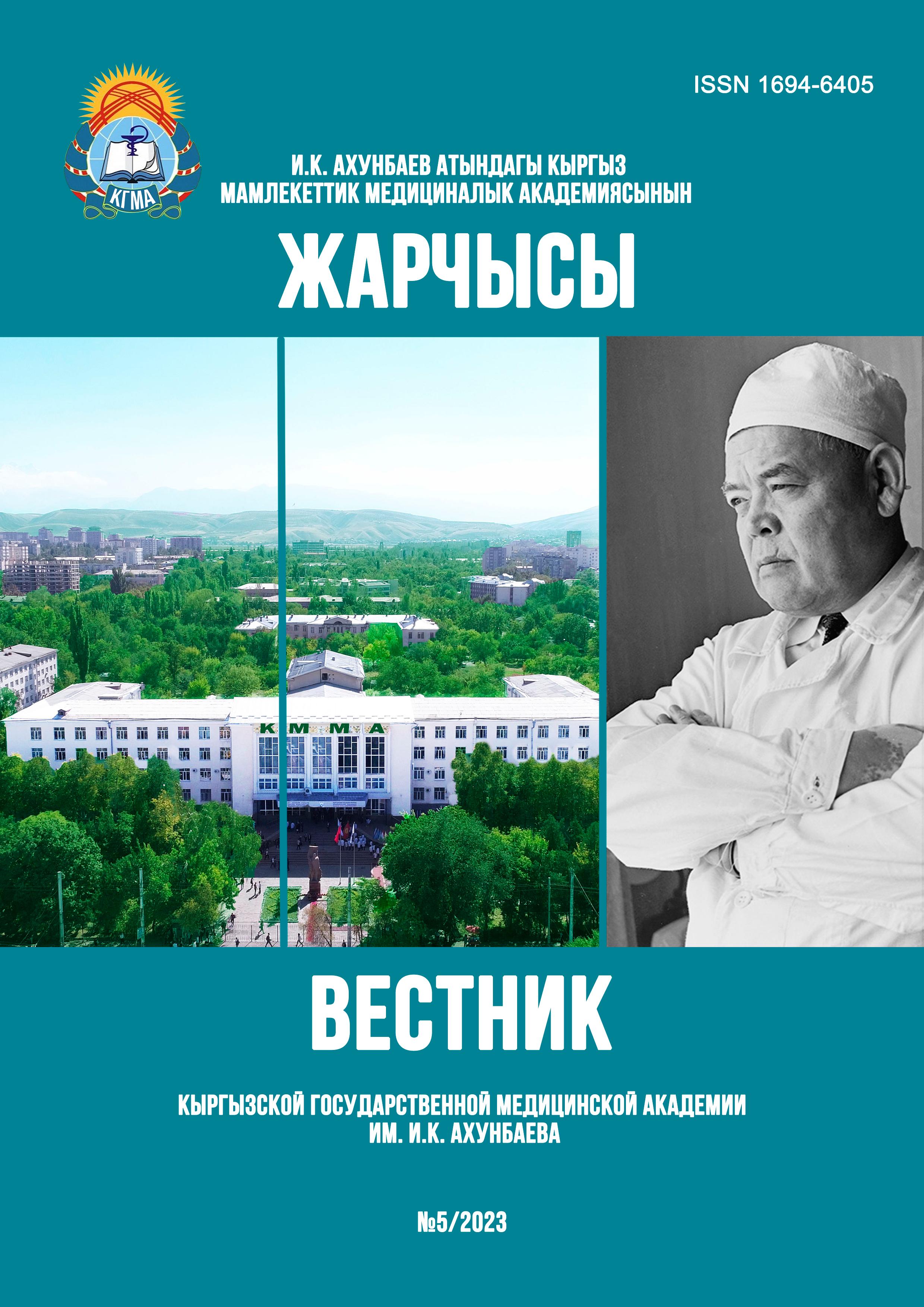EXPERIENCE IN THE TREATMENT OF URODYNAMIC DISORDERS IN CHILDREN WITH SPINA BIFIDA
DOI:
https://doi.org/10.54890/1694-6405_2023_5_116Abstract
The article "Experience in the treatment of urodynamic disorders in children with spina bifida" reflects the difficulties that patients have after the correction of spina bifida on the basis of City Child Clinical Hospital Emergency Care. Regardless of how successfully the correction of the hernia itself is performed, the risk of developing urodynamic disorders remains quite high. These are mainly recurrent urinary tract infections due to residual urine, vesicoureteral reflux and hyper- or hypo-reflex bladder. All these disorders in the urinary system cause difficulties in maintaining a normal life, adapting to society, and eventually lead to the development of chronic renal failure. A complex mechanism for coordinating the work of the lower parts of the urinary system makes it difficult to treat this group of children. In the analysis of treated children with spinal dysrraphism, it was found that the frequency of occurrence between the female and male sex was 2:1. Immediately after birth, 18 patients had lower flaccid paraplegia, urinary incontinence in 10, and anal gaping in 4 patients.
In terms of examination, both laboratory examination methods (general blood count, general urinalysis, biochemical blood test, bacteriological culture of urine) and instrumental methods (ultrasound of the kidneys and urinary system, cystography, urography) were carried out. Reccurent infections of the urinary system were detected in 18 (78.2%) children. Residual urine was detected in 11 (47.8%) children. Ureterohydronephrosis was detected in 3 patients.
In the treatment used: for infections of the urinary system uroseptics; with ureterohydronephrosis, periodic catheterization of the bladder with positive results. Anticholinergic therapy, surgical interventions on the upper and lower urinary tract were not performed. The data of this study show us the need to continue developing a treatment and rehabilitation regimen for this group of patients.
Keywords:
spina bifidaa, disorders of the urinary system.References
1. Avagliano L, Massa V, George TM, Qureshy S, Bulfamante G, Finnell RH. Overview on neural tube defects: From development to physical characteristics. Birth Defects Res. 2019; 111(19):1455–67. https://doi.org/10.1002/bdr2.1380
2. Sahni M, Alsaleem M, Ohri A. Meningomyelocele. In: StatPearls. Treasure Island (FL): StatPearls Publishing; September 4, 2023.
3. Moussa M, Papatsoris AG, Chakra MA, Fares Y, Dabboucy B, Dellis A. Perspectives on urological care in spina bifida patients. Intractable Rare Dis Res. 2021;10(1):1–10. https://doi.org/10.5582/irdr.2020.03077
4. Kumar SR, Divasha, Sameeullah BH, Rachna P, Sangh M, Kumar R. Neural tube defects: Different types and brief review of neurulation process and its clinical implication. J Family Med Prim Care. 2021;10(12):4383–90. https://doi.org/10.4103/jfmpc.jfmpc_904_21
5. Mazzone L, Hölscher AC, Moehrlen U, Gobet R, Meuli M, Horst M. Urological outcome after fetal spina bifida repair: data from the zurich cohort. Fetal Diagn Ther. 2020;47(12):882-8. https://doi.org/10.1159/000509392
6. Brock 3rd JW, Thomas JC, Baskin LS, Zderic SA, Thom EA, Burrows PK, et al. Effect of prenatal repair of myelomeningocele on urological outcomes at school age. J Urol. 2019;202(4):812–8. https://doi.org/10.1097/JU. 0000000000000334
7. Panicker JN. Neurogenic bladder: epidemiology, diagnosis and manadgment. Semin Neurol. 2020;40(5):569-579. https://doi.org/10.1055/s-0040-1713876
8. Sager C, Barroso U Jr, Bastos JM Netto, Retamal G, Ormaechea E. Management of neurogenic bladder dysfunction in children update and recommendations on medical treatment. Int Braz J Urol. 2022;48(1):31-51. https://doi.org/10.1590/ S1677-5538.IBJU.2020.0989
9. Joseph DB, Baum MA, Tanaka ST, Frimberger DC, Misseri R, Khavari R, et al. Urologic guidelines for the care and management of people with spina bifida. J Pediatr Rehabil Med. 2020;13(4):479-489. https://doi.org/10.3233/PRM-200712
10. Tanaka ST, Paramsothy P, Thibadeau J, Wiener JS, Joseph DB, Cheng EY, et al. Baseline urinary imaging in infants enrolled in Urologic Management to Preserve Initial Renal Function (UMPIRE) protocol for children with spina bifida. J Urol. 2019;201(6):1193–8. https://doi.org/10.1097/JU.0000000000000141
11. Liu T, Ouyang L, Thibadeau J, Wiener JS, Routh JC, Castillo H, et al. Longitudinal Study of Bladder Continence in patients with spina bifida in the National Spina Bifida Patient Registry. J Urol. 2018;199(3):837-843. https://doi.org/10.1016/j.juro.2017.11.048
12. Träff H, Börjesson A, Salö M. Patient-reported outcomes of bladder and bowel control in children with spina bifida. Children (Basel). 2021;8(3):209. https://doi.org/10.3390/children8030209







